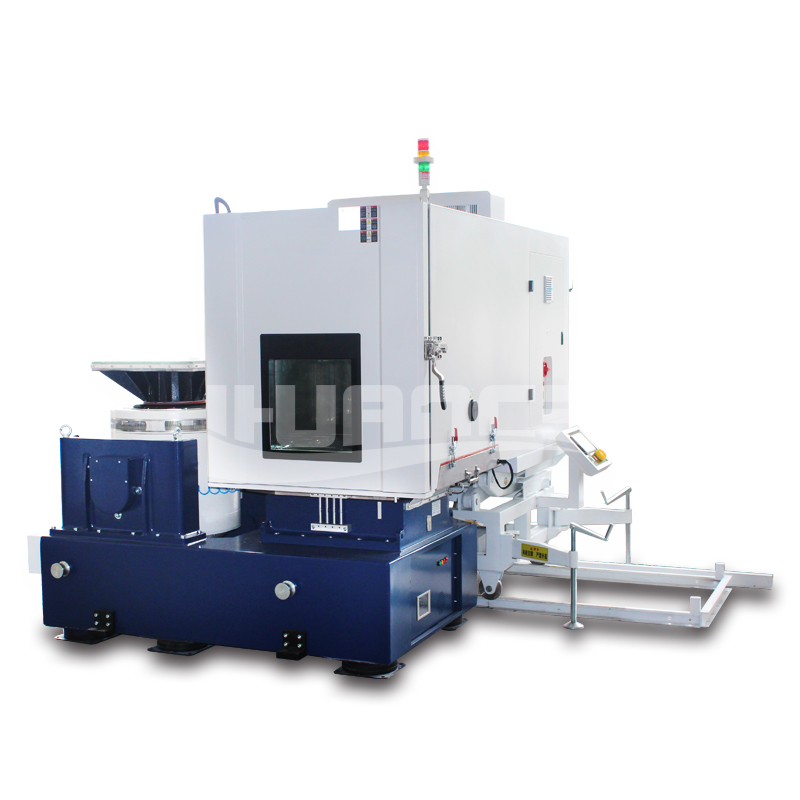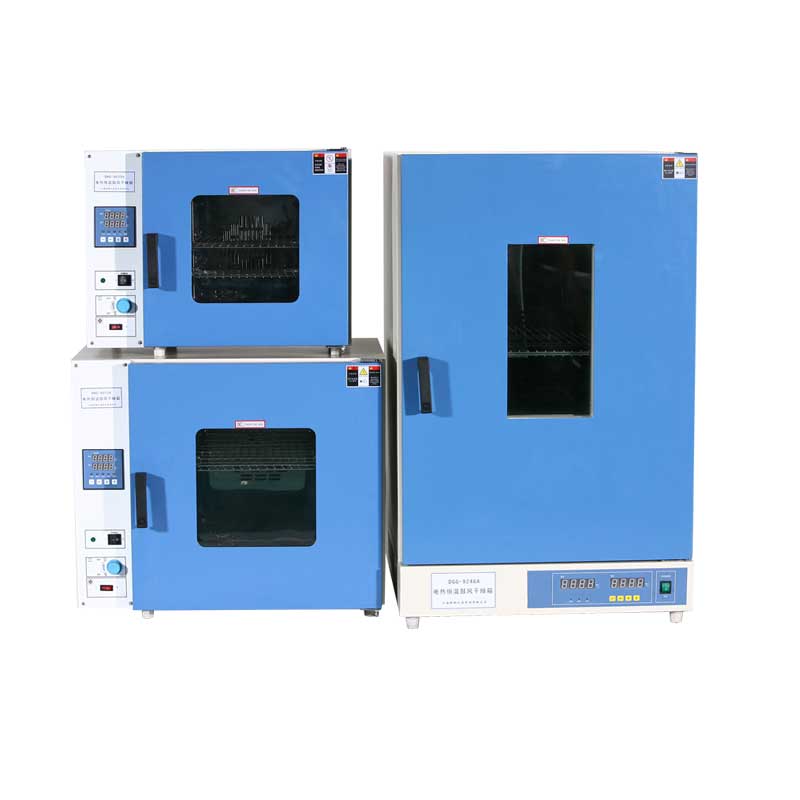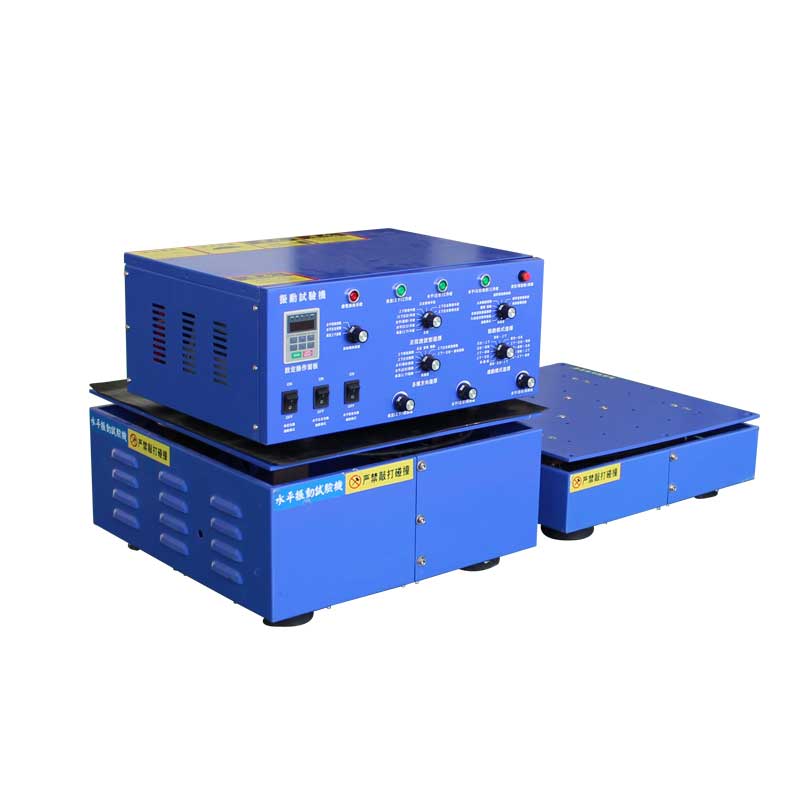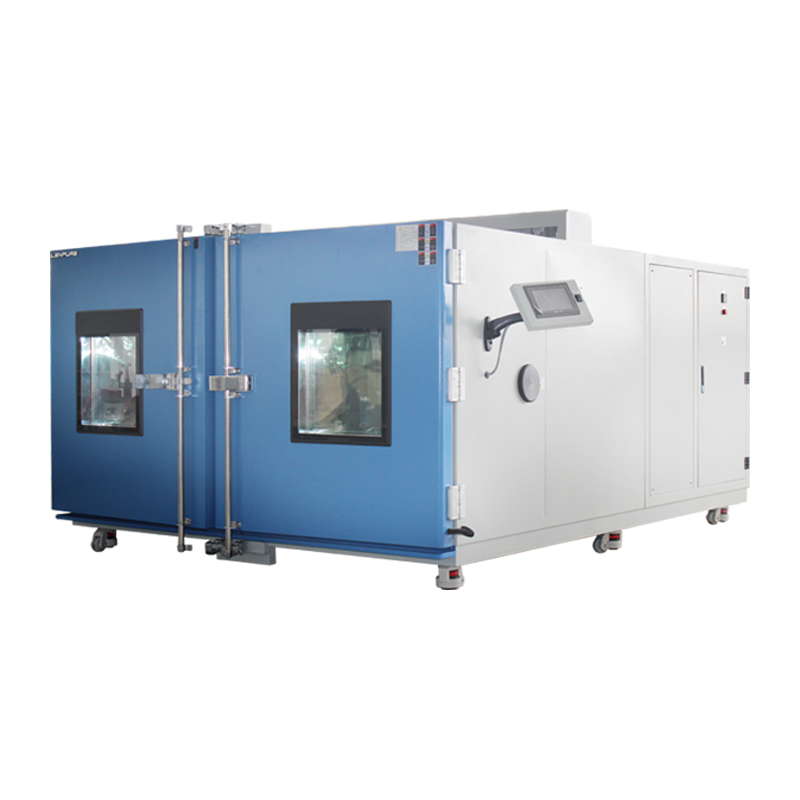Walk-in Constant Temperature and Humidity Test Chamber: A Comprehensive Analysis
Author:LINPIN Update Time:2025-05-14 Source:LINPINIn the context of rapid technological advancements, walk-in constant temperature and humidity test chambers, as high-end experimental equipment, are playing an increasingly vital role across various industries. Below, we provide a comprehensive analysis of the testing principles, applications, and advantages of walk-in constant temperature and humidity test chambers, offering valuable insights to assist you in selecting and utilizing this equipment effectively.
1. What is a Walk-in Constant Temperature and Humidity Test Chamber?
A walk-in constant temperature and humidity test chamber is an experimental device capable of simulating various environmental conditions (such as temperature and humidity changes), typically used for environmental adaptability testing of products. This type of chamber features a unique design with sufficient internal space, allowing personnel to enter for operation, observation, and maintenance—hence the name "walk-in." Its core function is to ensure the stability and reproducibility of the testing environment through precise temperature and humidity control systems.
2. Working Principles of Walk-in Constant Temperature and Humidity Test Chambers
The operation of walk-in constant temperature and humidity test chambers is based on the following key aspects:
-
- Temperature Control: Equipped with efficient cooling and heating systems, the chamber can maintain a stable temperature across a broad range (typically -40°C to +100°C).
- Humidity Control: Utilizing advanced humidification and dehumidification devices, it achieves humidity regulation between 20% and 98% RH to meet diverse testing requirements.
- Microcomputer Control System: Featuring a sophisticated microcomputer control system, it monitors the internal environment in real time to ensure accuracy and reliability.
- Data Recording and Analysis: The chamber often includes data logging capabilities, enabling real-time recording of temperature and humidity changes for subsequent analysis.
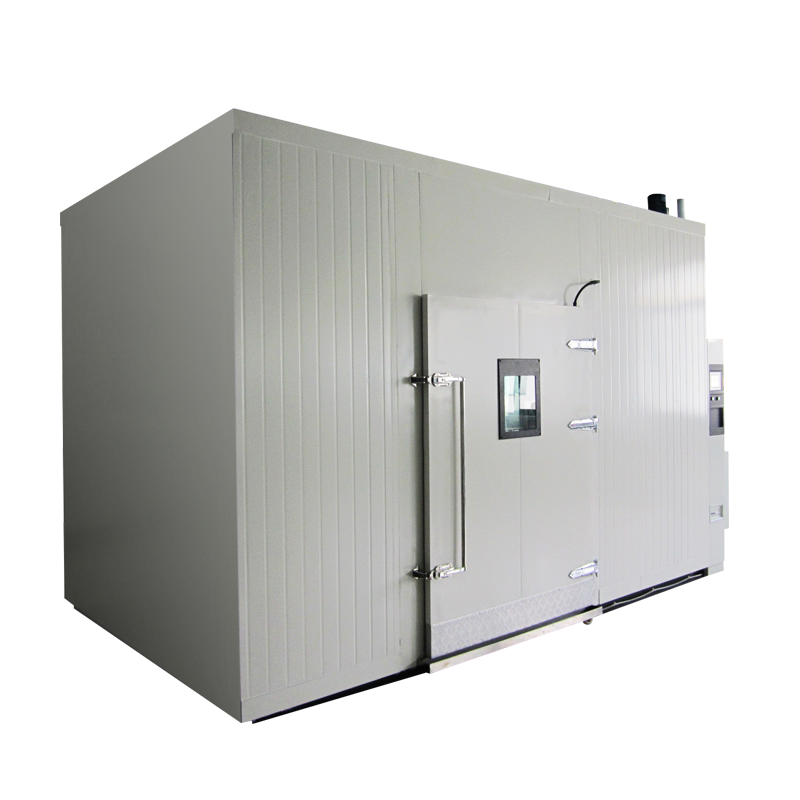
3. Applications of Walk-in Constant Temperature and Humidity Test Chambers
Walk-in constant temperature and humidity test chambers are widely used in various fields, including but not limited to:
- Electronics and Electrical Engineering: Testing the performance stability of electronic products under different temperature and humidity conditions.
- Materials Research: Evaluating changes in the physical and chemical properties of materials under extreme environments.
- Automotive Industry: Assessing the durability and reliability of automotive components.
- Pharmaceutical Industry: Ensuring the storage stability of drugs under varying environmental conditions to comply with GMP standards.
- Aerospace: Simulating high-temperature and high-humidity environments to evaluate the impact on instruments and equipment, ensuring aerospace reliability.
4. Key Considerations When Selecting a Walk-in Constant Temperature and Humidity Test Chamber
When purchasing a walk-in constant temperature and humidity test chamber, several factors should be considered to ensure the equipment meets your needs:
- Temperature and Humidity Range: Choose a range that aligns with your testing requirements.
- Internal Space: Select an appropriate size based on the dimensions of the test objects to ensure flexibility.
- Control Precision: Opt for a device with high-precision temperature and humidity control for accurate results.
- Brand and Service: Choose a reputable brand to guarantee equipment quality and after-sales support, minimizing the risk of malfunctions.
Conclusion
Walk-in constant temperature and humidity test chambers are increasingly indispensable across industries, offering efficient temperature and humidity control as well as stable testing environments to enhance product quality and reliability. Whether you are a research institution, manufacturer, or testing facility, selecting the right walk-in constant temperature and humidity test chamber will significantly streamline and safeguard your testing processes.

